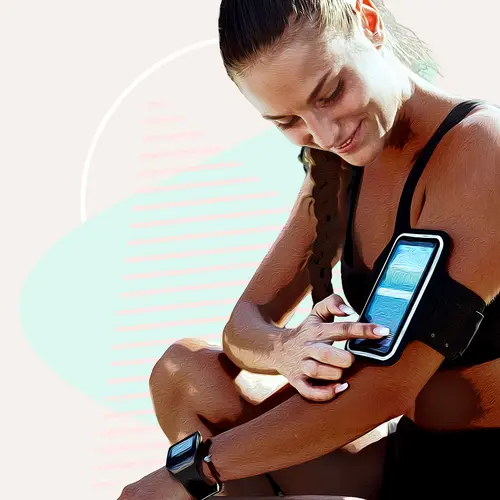Exercise can help you hold off many signs of aging. But you might not feel like going to a gym, and the weather isn’t always right for an outdoor workout. So, you might want to consider getting some exercise gear for home.
Benefits of Exercise for Older People
Staying in shape has a wide range of benefits when you’re older. It can improve your health in many ways, like these.
Overall health. People who exercise have a lower risk of getting long-term (chronic) diseases. They also have stronger immune systems and digestive systems.
Bone health. Regular exercise helps you build stronger bones. Like muscles, your bones are made of living tissue. They respond to exercise by building more cells, and they become denser. You’re more likely to avoid an injury if your bone density is high.
Heart health. You can lower your chances of getting heart disease and improve your ticker’s health by exercising regularly. A mix of cardio and strength training works the best.
Weight management. As we get older, our metabolism slows down naturally. Exercising helps you build muscle mass, which in turn allows you to burn more calories, even when you aren't exercising.
Less chance of falling. An active lifestyle can help you prevent falls and injuries. Improving your muscle and bone strength will help with balance.
Mental health. Exercising can help fight depression and improve your mental health. It can boost your mood and help relieve stress. It may also help slow Alzheimer's disease and other brain disorders from getting worse.
Better sleep. Aerobic exercise during the day helps you sleep better at night. It raises your core temperature, which improves your shut-eye. Exercising too close to bedtime, however, may interfere with sleep for some.
Lowering blood pressure. Exercising moderately five times a week for 30 minutes can lower your blood pressure if you have high BP (hypertension).
Better energy and concentration. Working out can help improve your mental and motor skills. It can also help lower your odds of getting vascular dementia, a condition that affects blood flow to the brain and can lead to problems with memory, concentration, and more.
Different Types of Exercise Equipment
Here are some equipment options for home training and putting together an at-home gym.
Treadmills. These let you run or walk at your own speed no matter what the weather’s like outside. Gradually increasing your speed and incline can help hold off the age-related loss of muscle mass. Treadmills are excellent for aerobic exercise, which can improve your heart and blood vessel health. Since you’re in control of your treadmill settings, you can customize the impact and intensity. You should aim to do moderate-intensity cardio for 150 minutes every week.
Stationary bicycle. Cycling is a fun way to meet your aerobic exercise goal. If you’re worried about your balance or road hazards, you could think about buying a stationary bicycle. Newer bicycles often work with mobile apps that you can download for custom workouts.
Jump rope. If you're short on space or you don't want to spend money on an exercise bike or treadmill, jumping rope is a cheap, effective way to get your cardio exercise.
A study on men ages 65 to 80 showed that hopping increased their bone mineral density, so jumping rope may help build your bones along with boosting endurance.
Resistance bands. You can strength train at home using these inexpensive, lightweight ropes or tubes, which provide resistance when you stretch them. They can be easier to handle than free weights for some seniors. Resistance exercises can help protect your joints as you age.
Free weights. If you have extra space or you’re ready to move up to heavier lifting, you can buy a weight bench and free weights to do strength training. Barbells and dumbbells are great for this type of workout. Strength training builds your muscles and strengthens your bones, which can help protect you from fractures.
Yoga mat. Yoga can help improve your balance, flexibility, mood, and sleep. You don't need expensive equipment to get started, although for safety you may want to learn basic poses from a yoga teacher. Yoga is great for seniors who may not feel very flexible. A good yoga mat will help cushion you when you're lying down and keep you from slipping.
Supportive shoes. Walking is one of the best types of exercise. It can help you stay at a healthy weight, boost your mood, and improve your balance and coordination. To get started, all you need is the right type of shoes. Make sure they have a firm heel, arch support, and thick but flexible soles to lessen the impact on your joints.
Safety First
Ask your doctor to help you come up with an exercise plan that’s right for you. Talk about any existing health problems you have, how fit you are, and whether you’re concerned that you might be at risk for an injury. Ease into any new exercise routine. Call your doctor if you develop any joint pain. Call 911 for any:

